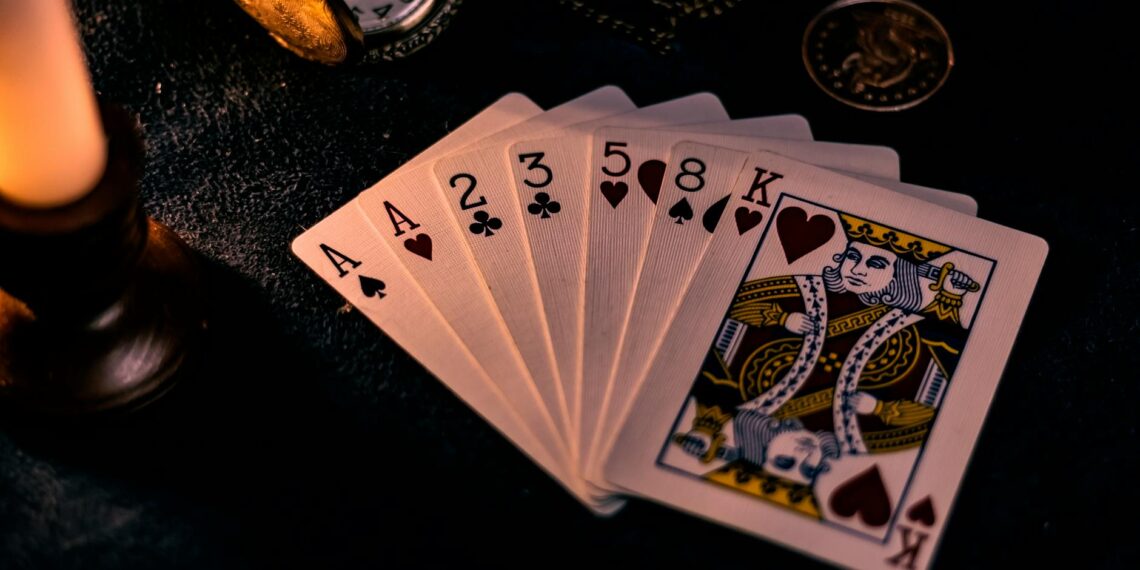The phrase “50 coin” most commonly refers to the half dollar , a United States coin worth 50 cents.
Here’s a closer look:
- Appearance: The obverse (heads) of the half dollar features a profile of President John F. Kennedy, while the reverse (tails) shows the Presidential Seal. The Presidential Seal depicts a heraldic eagle with a shield, holding an olive branch (representing peace) and 13 arrows (representing war). A ring of 50 stars surrounding the design symbolizes the states.
- Size and Weight: The half dollar is the largest circulating coin in the United States by both size and weight. It measures 30.61 millimeters (1.205 inches) in diameter and 2.15 millimeters (0.085 inches) in thickness, and weighs twice as much as a quarter.
- History: The first half dollars were minted in 1794. Historically, the obverse featured various depictions of Liberty. In 1948, Benjamin Franklin’s image replaced Liberty on the obverse, with the Liberty Bell on the reverse. The Kennedy half dollar was introduced in 1964 as a tribute to President Kennedy after his assassination. During the years 1975 and 1976, the reverse temporarily featured an image of Independence Hall in Philadelphia to commemorate the bicentennial of the Declaration of Independence, before reverting back to the Presidential Seal.
- Composition:
– 1964: 90% silver, 10% copper.
– 1965-1970: Silver-clad (40% silver, 60% copper).
– 1971-present (circulation issues): Copper-nickel clad (75% copper, 25% nickel outer layers bonded to a pure copper core).
– Collector Issues (silver proof sets): Kennedy half dollars in silver proof sets produced since 1992 are made of the same 90% silver composition as the coins of 1964.
- Circulation: While the half dollar was once common in circulation, its use has declined in recent years. Since 2002, the United States Mint has primarily produced them for annual coin sets and other numismatic products. However, the Federal Reserve can still order them for circulation, and they are occasionally found in circulation.
- Value:
– Half dollars minted before 1965 (90% silver) and those minted between 1965 and 1970 (40% silver) have an intrinsic value that can be higher than their 50-cent face value due to their silver content.
– Most half dollars minted after 1970 do not contain silver and are generally only worth their face value, though certain rare varieties might be more valuable.
It’s important to note that the term “50 coin” could also refer to coins of other countries that have a 50 cent denomination. However, in the US context, it most commonly refers to the half dollar.









Is the 50 cent coin still being made?
I can help with that. With mintage numbers remaining low, beginning in 2002, the Kennedy half dollar ceased to be struck for general circulation. Rolls and bags of the current year’s pieces could still be purchased from the Mint, at a premium above face value. Kennedy half dollars began to be produced for general circulation again in 2021.
Is there a fifty dollar coin?
Great question! A gold bullion coin that contains 1 Troy oz. of fine gold, has a thickness of 2.87mm and is $50 in nominal face value. It is part of the Gold American Eagle series.
Do 50 coins exist?
The fifty pound coin (£50) is a commemorative denomination of sterling coinage. Issued for the first time by the Royal Mint in 2015 and sold at face value, fifty pound coins hold legal tender status but are intended as collectors’ items and are not found in general circulation.
Is there such a thing as a $0.50 coin?
Since 2002, half dollars have been minted primarily for annual coin sets and other numismatic products. However, the Federal Reserve may still order them for circulation.